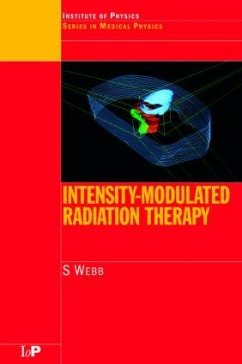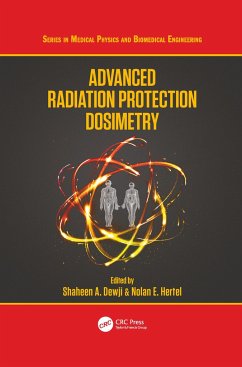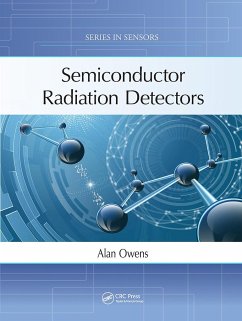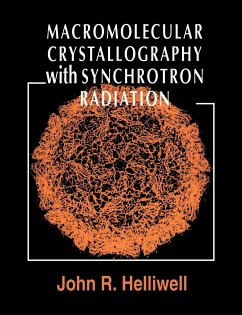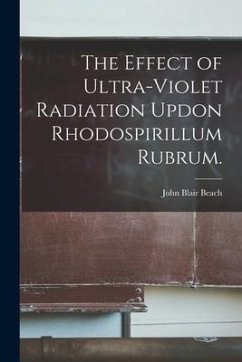
The Fundamentals of Radiation Thermometers
Versandkostenfrei!
Versandfertig in 1-2 Wochen
60,99 €
inkl. MwSt.

PAYBACK Punkte
30 °P sammeln!
Authored by two highly respected experts in this specialist area, The Fundamentals of Radiation Thermometers is an essential resource for anyone intending to measure the temperature of an object using the radiated energy from that object. This readable, user-friendly book gives important background knowledge for anyone working in the field of non-contact thermometry. The book begins with an accessible account of how temperature scales are set up and defined, and explores the historic development of temperature scales and Planck's radiation law. Through explaining the reliability of both emissi...
Authored by two highly respected experts in this specialist area, The Fundamentals of Radiation Thermometers is an essential resource for anyone intending to measure the temperature of an object using the radiated energy from that object. This readable, user-friendly book gives important background knowledge for anyone working in the field of non-contact thermometry. The book begins with an accessible account of how temperature scales are set up and defined, and explores the historic development of temperature scales and Planck's radiation law. Through explaining the reliability of both emissivity values and extrapolation to different wavelengths and temperatures, the book provides a foundation for understanding when a valid measurement with realistic uncertainties has been made, or if an inappropriate emissivity value has been used with consequent unknown errors. The book also presents the hardware of radiation thermometers, allowing the reader to specify an appropriate design for a particular measurement problem. It explores multi-wavelength radiation thermometry and its associated pitfalls, and a final chapter suggests strategies to minimise the uncertainties from unreliable emissivity data.





